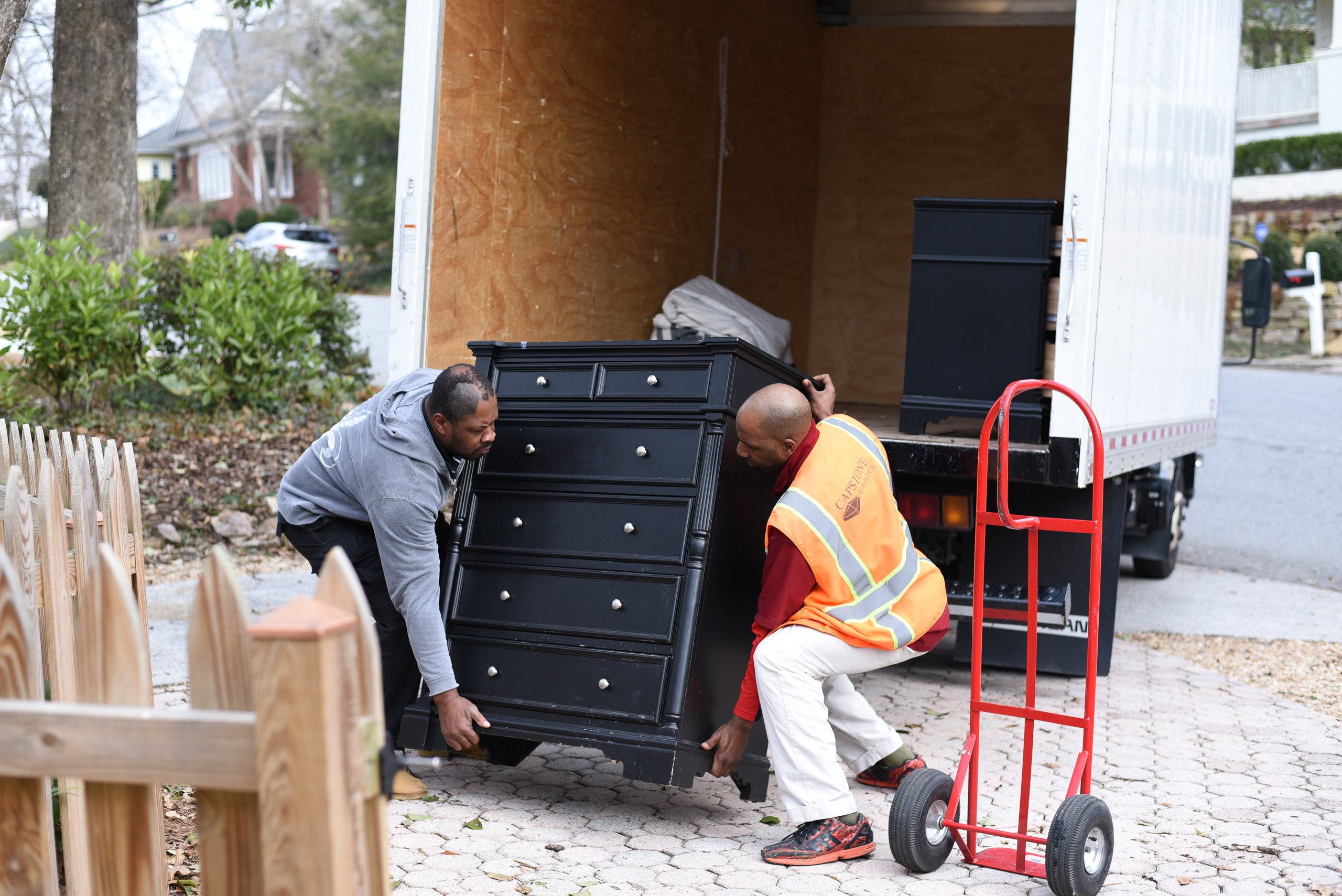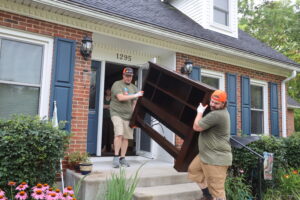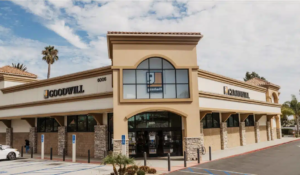The holiday season is upon us. It’s a time of giving, whether that means purchasing a gift for a loved one or making a donation to an organization that is doing impactful work in the world. Traditionally, these categories have been considered mutually exclusive. Gifts are physical goods, while donations are monetary contributions.
But increasingly, this notion is being turned on its head. The donation of physical goods can support local nonprofits that do good work in their community.
Can I Donate Used Household Goods?
Household items, even those that are already used, can have a significant impact. This is especially true for organizations that serve local communities. All over the U.S., local nonprofit organizations operate retail stores that provide a critical resource for their communities. These stores sell household items at a price that averages 50-75% below retail. Such pricing is always beneficial for families furnishing homes on tight budgets. It is especially welcome at a time when many Americans are still reeling from the sticker shock caused by a period of high inflation.
Sales of these items support families. They also support the nonprofits that facilitate them. Nonprofits put the proceeds from the sale of these items to work in their communities, supporting their important mission, whether that is fighting hunger, building new homes, or providing job training for people with disabilities.
This is important work, and we all potentially have a role to play in carrying it forward. The lifeblood of these stores is donated items, which in turn become merchandise. Many are sourced directly from local communities, when individuals are cleaning out an attic, moving, or simply making room for new items. Instead of taking items to landfill, residents choose to have their items picked up and brought to a local nonprofit. The couch in the attic could provide the resources to put a roof over someone’s head, a hot meal on the table, or provide emergency financial assistance for a single mother at the end of the month.
The Impact of Donating Goods to Charities Near You
In 2015, Paul Tocci saw firsthand how these donated items could be a force multiplier for impact while serving on an Army base in Georgia. When families relocated to their next assignment, still-usable furniture and household goods were often left behind. To mitigate this, Tocci partnered with local moving companies to redirect the items from landfills, and instead deliver them to local charities.
This was just the beginning of what has become a nationwide effort, in communities across the country, to increase the number of items being donated to charities, and create more resources for nonprofits to make an impact in their communities. Over seven years, the company that grew out of this effort, called ReSupply, has provided more than $40 million in value to thousands of nonprofits across the U.S.
Keeping Millions of Pounds of Waste Out of Landfills
Along the way, we’ve seen how diverting items from landfills creates an environmental impact, as well. In June of this year, we celebrated the donation of a couch that marked the 25 millionth pound kept out of landfill. As the year draws to a close, we’ve already reached 36 million pounds diverted from landfills, nationwide.
There’s much more that we can do. About 80% of furniture and home goods are only used once, resulting in $378 billion dollars worth of unused goods sitting in American homes. That’s especially worth remembering at a time when most of us are focused on shopping for new items. With just a little more effort, there’s a lot more good that those items can do. Even if items are simply being swapped out for new gifts or purchases, it’s worth considering an option beyond taking them to the curb.
So for those seeking a way to give this holiday season, consider donating household items to local nonprofits by having items picked up. It’s how the donation of physical goods become dollars, and create lasting value for communities.




